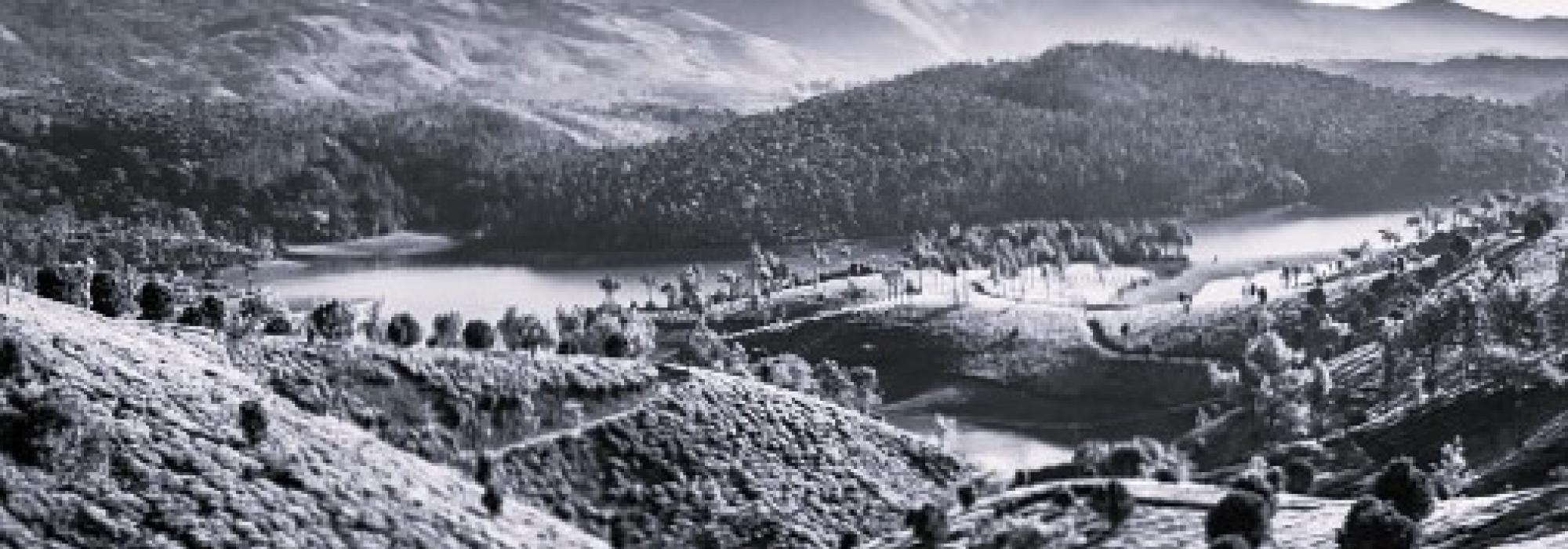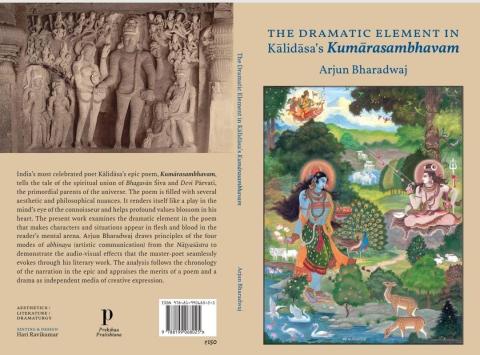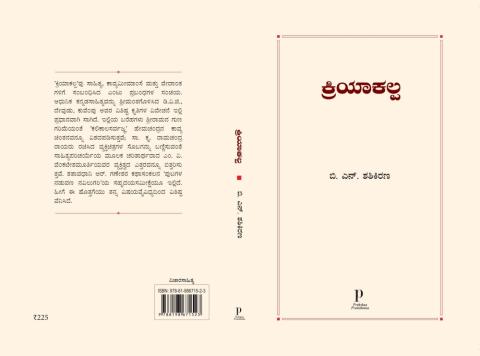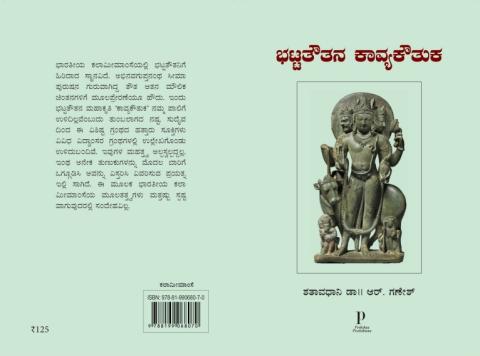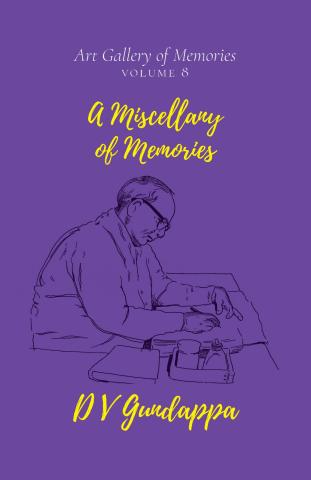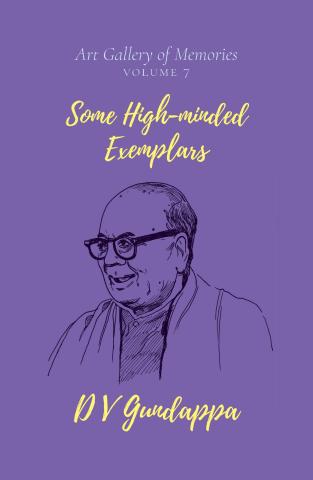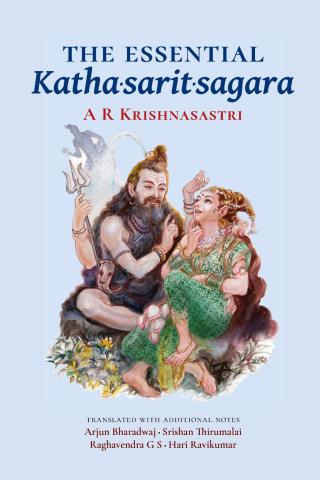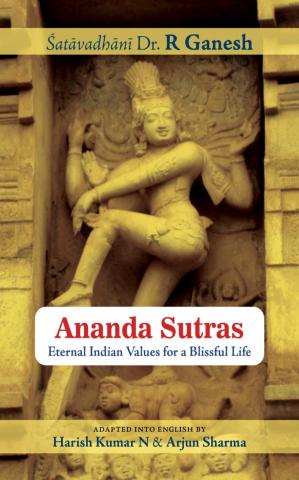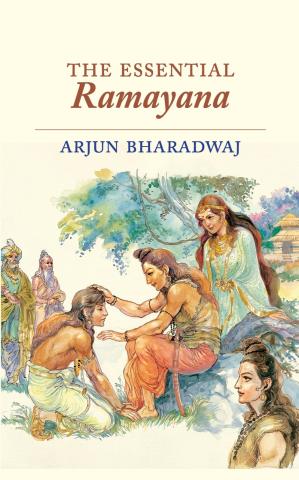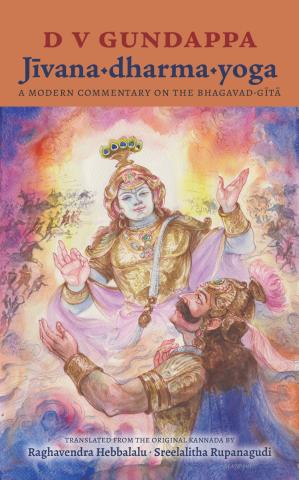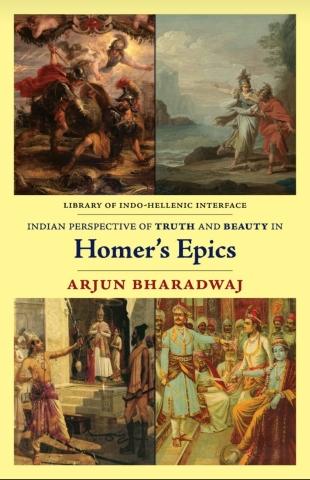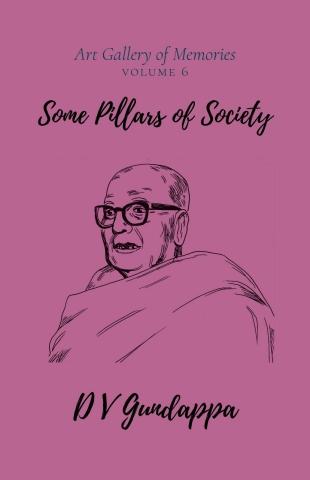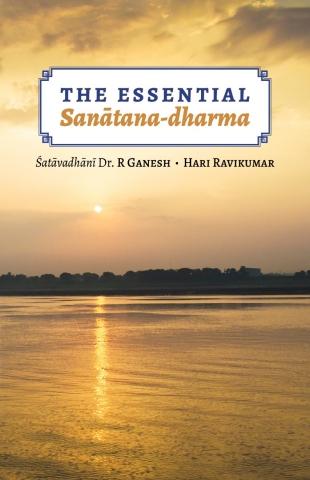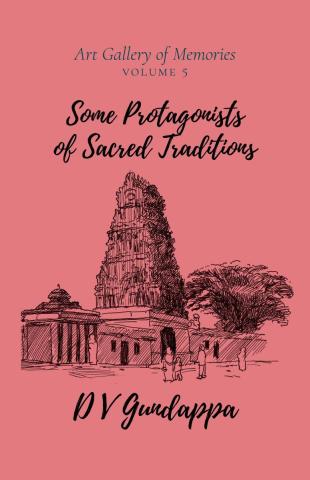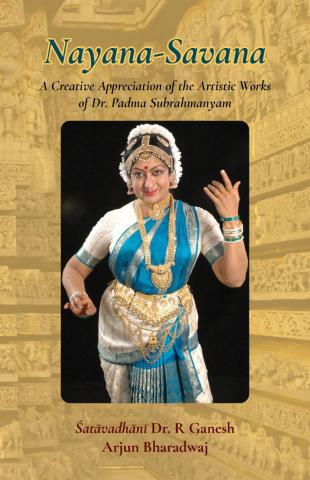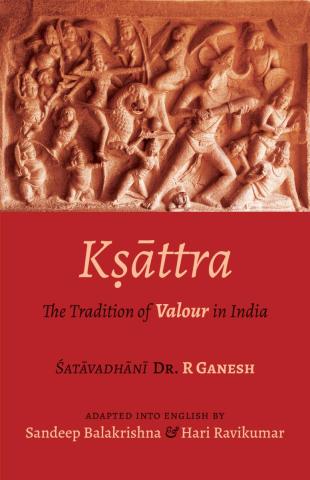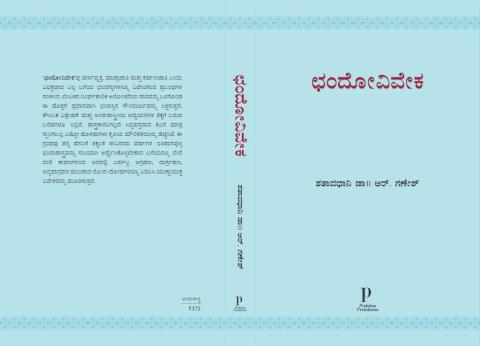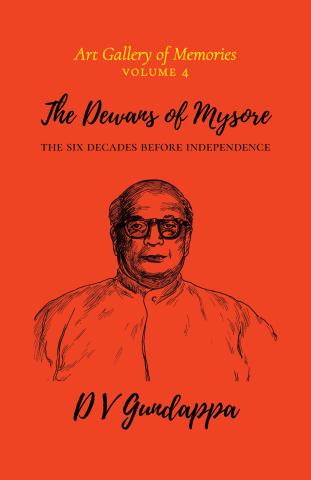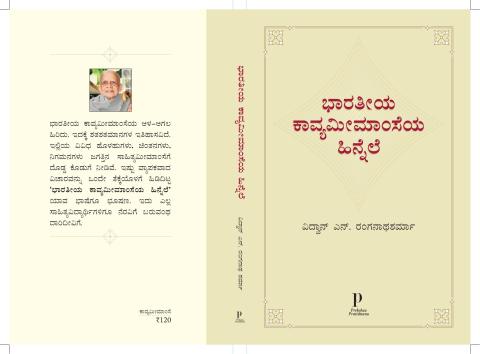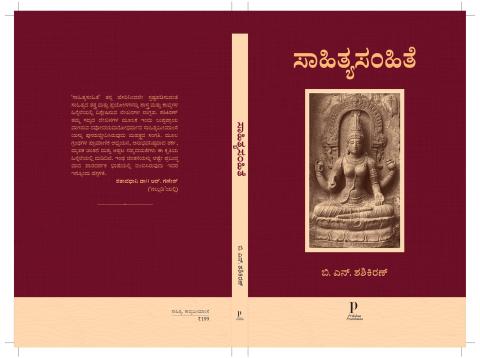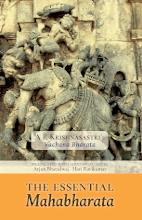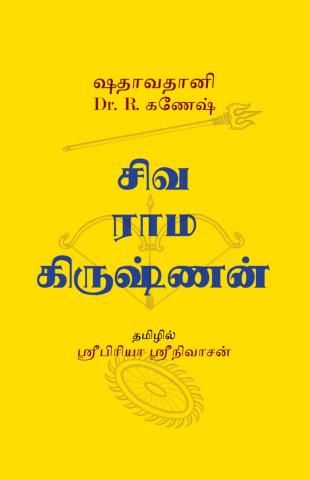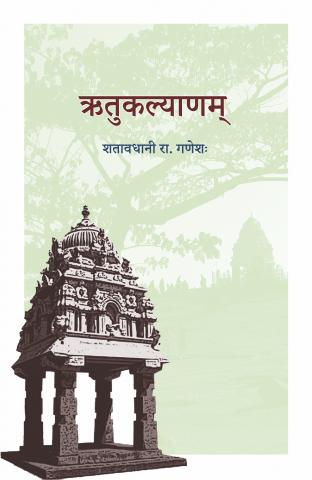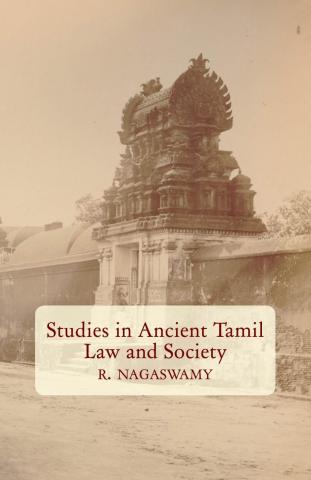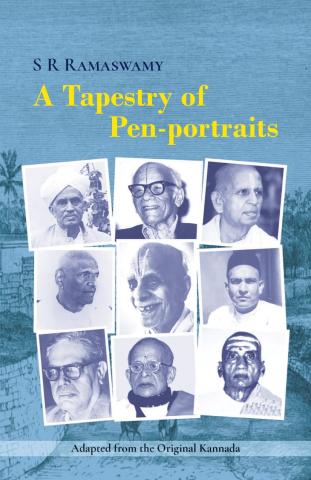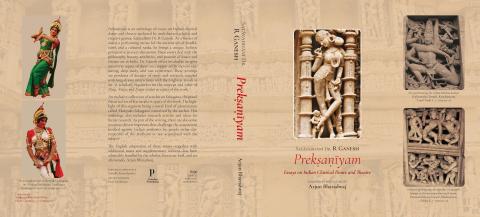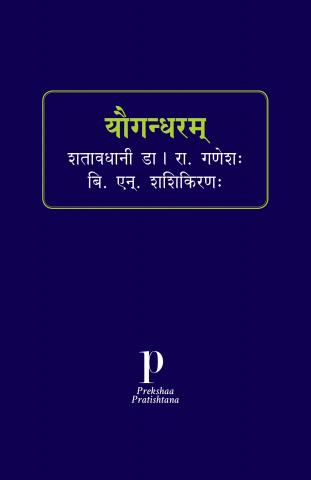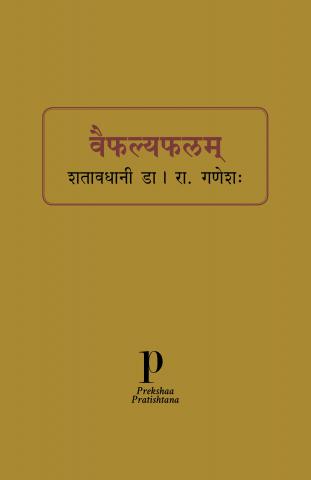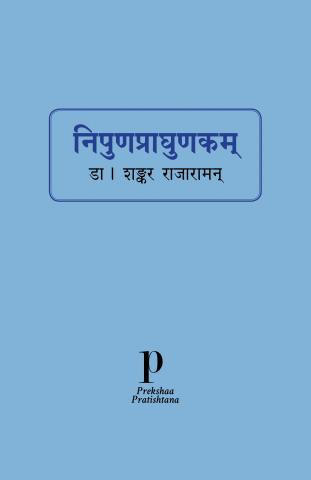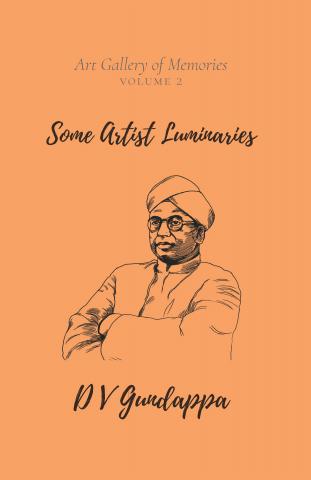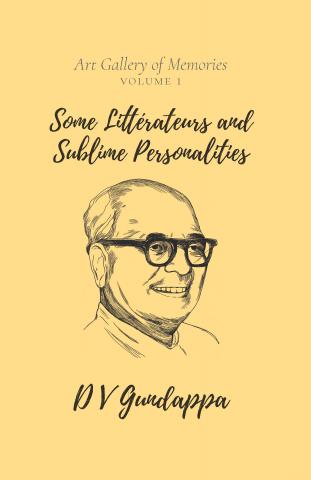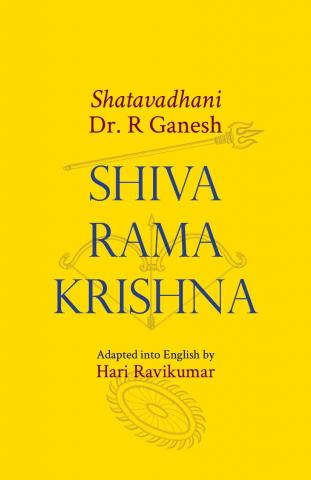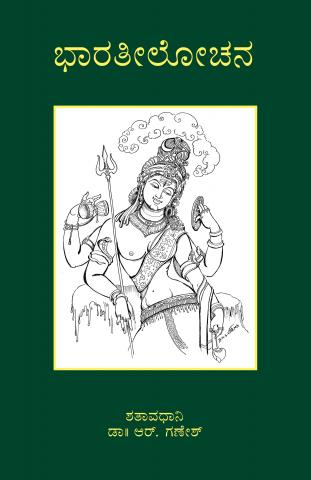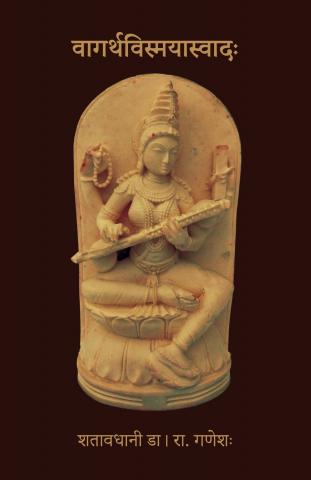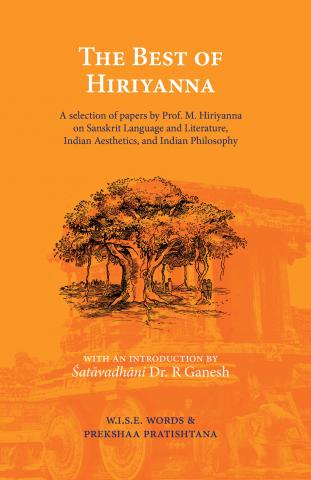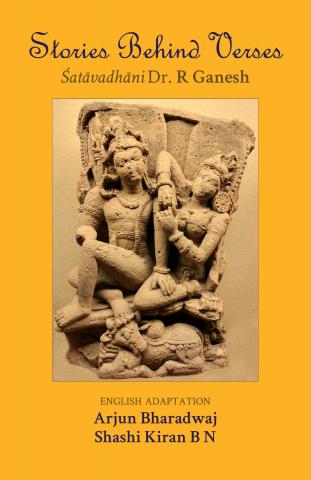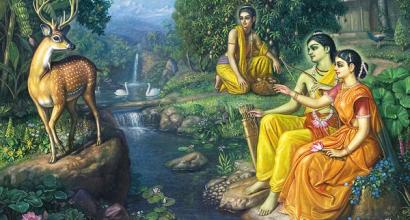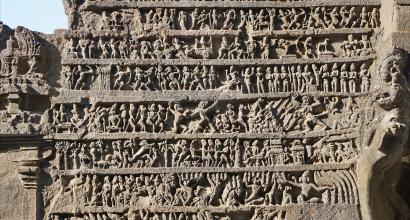In this way, the poet has pictured dāna-vīra rooted in dayā; śṛṅgāra, hāsya, karuṇa, and adbhuta rasas are secondary in the play. In other words, they become the aṅga-rasas, while dāna-vīra is the aṅgi-rasa. If the play were to be written by Bhāsa, it would have taken a shape similar to that of Karṇa-bhāra, and the hero would have succumbed to excessive generosity; in that case, karuṇa-rasa would have been the primary emotion.
Just as we find novelty in the theme and design of the plot in Harṣa’s other plays, the Nāgānanda also bears the quality of apūrva-vastu-racanā; the fight that takes place between the hero and the heroine in the second act because of a confusion is a nice value addition to the plot; some may feel that the humour in the third act is also entertaining; however, we will have to accept that different people possess different tastes. We must emphasise that the fourth act is a product of immense thought and skill of the poet – Harṣa has designed the segment where Jīmūtavāhana sacrifices himself very well; Jīmūtavāhana who is roaming about on the shores of the ocean with Mitrāvasu feels that he is not able to find anyone who he can offer some help. Even as he is thinking so, he finds the heap of bones of the dead snakes, a heap that looked like the Himalayan peaks. He understands that the snakes were falling prey to Garuḍa and that Ādiśeṣa has not been able to protect them; he wonders, “Can I sacrifice my life to save the life of at least one of the nāgas?” His friend Mitrāvasu goes away as he gets called by his father. When he is thus roaming alone, he hears the cries of Śaṅkhacūḍa’s mother; she was an orphaned and aged lady; she had only one son. The ‘royal command’ decreed that the only son, Śaṅkhacūḍa, had to be Garuḍa’s meal. She laments saying that her son is going away and no one can protect him; when Jīmūtavāhana offers to give his life on Śaṅkhacūḍa’s behalf, neither the mother nor the son agree; arguments bear no fruits; Śaṅkhacūḍa gets ready to be eaten by Garuḍa but takes a moment to visit to Gokarṇeśvara before he loses his life. At the same time, the kañcuki comes looking for Jīmūtavāhana and displays before him the bloodstained cloth; this was, supposedly, the sign that Garuḍa would follow to spot his prey. Jīmūtavāhana now feels happy that he can use that as a tool to sacrifice himself on behalf of Śaṅkhacūḍa. He is so thrilled that he thinks, I now feel fulfilled for having married Malayavatī! By then, he sees Garuḍa approaching; he puts on the bloodstained cloth and goes to the vadhya-śilā – the execution stone; Garuḍa picks him up and flies with him to the peak of the mountain. Śaṅkhacūḍa and others realise what has happened with the help of the cūḍāṃaṇi and the drops of blood. This segment of the plot has been designed by the poet with great skill. Finally, either the divine waters of Gaurī or amṛta from Garuḍa could have been saved; however, the poet seems to have followed the original storyline in this case. In sum, the play ends on a happy note.
We have indicated at various instances in the current chapter that Śrī-harṣa has been positively influenced by Bhāsa and Kālidāsa, either with or without consciously meaning to do so. We can see their influence in the style of the language he employs and also the descriptions he brings in his play; the same appears as ojas, prasāda, and mādhurya through various rasas in the play; nevertheless, about four centuries had elapsed from the time of Kālidāsa, and the influence of Subandhu and Bāṇa was greater in the period in which Śrī-harṣa penned his plays; thus, we can see the presence of kavi-samayas, ornamented language, and an excessive inclusion of alaṅkāras in Śrī-harṣa’s works. In summary, we can say that he possesses the felicity in style that is seen in Svapnavāsavadatta and Śākuntala; his plays display the same kind of sweetness and simplicity like the two grand plays; moreover, Śrī-harṣa’s plays do not possess the complexity, artificiality, or the forcefulness like in the Veṇī-saṃhāra and Caṇḍa-kauśika. In the varṇanās that he brings into his plays, we can see both flavours – like those of the former set of plays and the latter set. On one hand, this descriptions of the beauty of nature and gardens are products of his direct experience; on the other hand, the descriptions of the ocean and women’s beauty are filled with kavi-samayas and are quite artificial – their appeal is only superficial. The following are a few examples –
Priyadarśikā
Description of a war –
पादातं पत्तिरेव प्रथमतरमुरःपेषमात्रेण पिष्ट्वा
दूरान्नीत्वा शरौघैर्हरिणकुलमिव त्रस्तमश्वीयमाशाः।
सर्वत्रोत्सृष्ट सर्वप्रहरणविवहस्तूर्णमुत्खाय खड्गं
पश्चात्कर्तुं प्रवृतः करिकरकदलीकाननच्छेदलीलाम्॥ (1.9)
Firstly, fighting on foot himself, he crushed the foot-soldiers by merely striking them hard with his chest; he dispersed the terrified cavalry like a herd of deer with the shower of his arrows from afar; he discharged on all sides the entire stock of his weapons, and quickly unsheathing his sword, went ahead to enjoy the sport of chopping off of the elephant’s trunks, that are like the trunks of plantains.
A garden –
अविरतपत-द्विविध-कुसुम-सुकुमार-शिलातलोत्सङ्गस्य परिमल-निलीन-मधुकरभ-भग्न-बकुल-मालती-लता-जालकस्य कमल-गन्ध-ग्रहणोद्दाम-मारुत-पर्यवबुद्ध-बन्धूक-बन्धनस्य अविरल-तमाल-तरु-पिहितातप-प्रकाशस्यास्यधारा-गृहोद्यानस्य शश्रीकताम् (Act 2)
(O! look at the) stone-slab, upon which two kinds of flowers ceaselessly fall, making its surface soft; the bakula and jasmine flowers are broken by the weight of the bees savouring the fragrance, where the cups of the bandhūka flowers are opened by the fragrant breeze; the breeze is perfumed because of its association with the lotuses; the light of the Sun is obstructed by the tamāla trees and there is cool shade on the stone-slab.
Prekṣāgṛha – A theatre
आभाति रत्न-शत-शोभित-शातकुम्भ-स्तम्भावसक्त-पृथुमौक्तिकदाम-रम्यम्।
अध्यासितं युवतिभिर्विजिताप्सरोभिः प्रेक्षागृहं सुरविमानसमानमेतत्॥ (3.2)
The play house looks beautiful with the long strings of pearls hanging from the golden pots decked with a hundred gems; it is filled with youthful damsels who surpass the beauty of the apsarās. The theatre looks like the vimāna – celestial vehicle of the devas.
Ratnāvalī
Sāgarikā’s Beauty
विधायापूर्वपूर्णेन्दुमस्या मुखमभूद्ध्रुवम्।
धाता निजासनाम्भोज-विनिमीलन-दुःस्थितः॥ (2.9)
After having created her face, which is the unrivalled full moon, the Creator (Brahmā) must have surely lost his seat, the lotus, which would have naturally closed upon seeing her.
To be continued ...
The current series of articles is an enlarged adaption of Prof. A. R. Krishnasastri's Kannada treatise Saṃskṛta-nāṭaka. They are presented along with additional information and footnotes by Arjun Bharadwaj.

